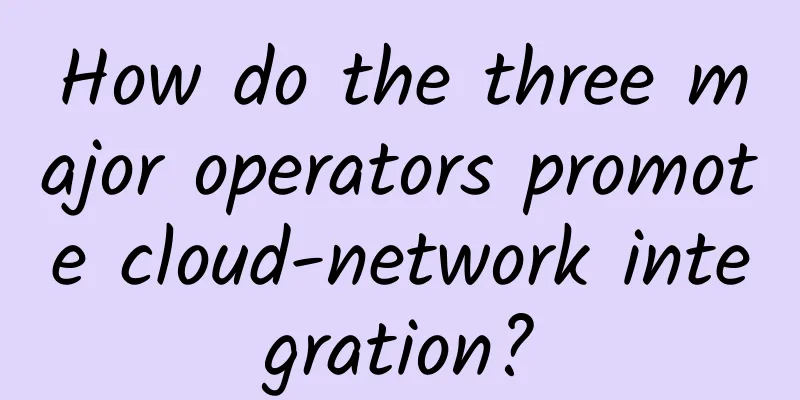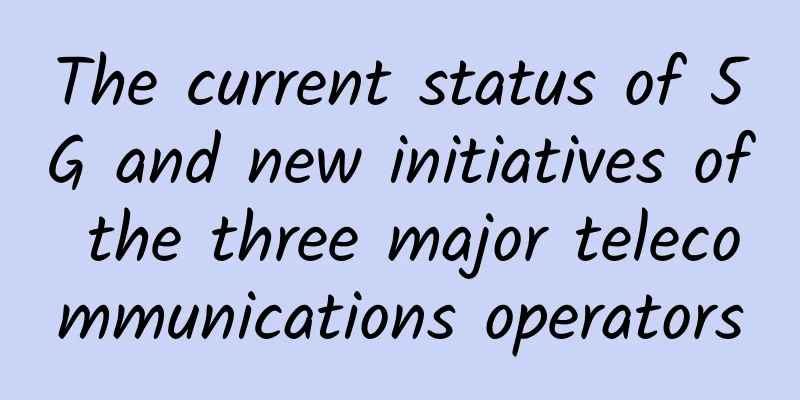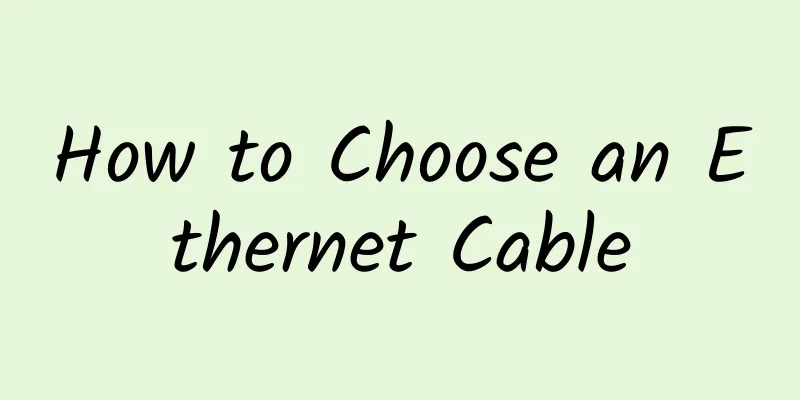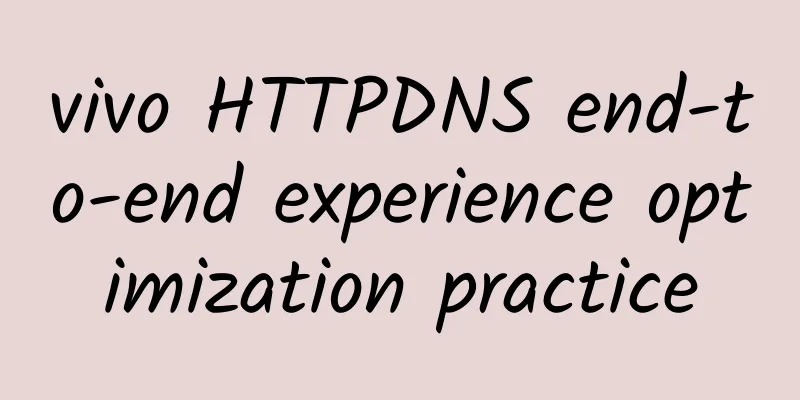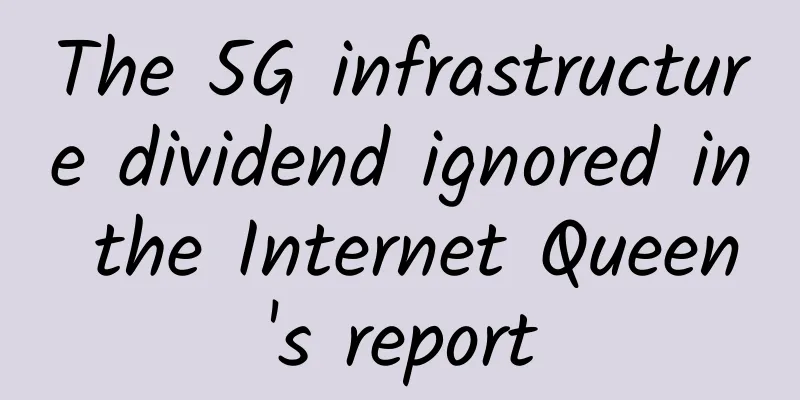With a downlink rate of over 100Mbps, can Starlink really replace 5G?
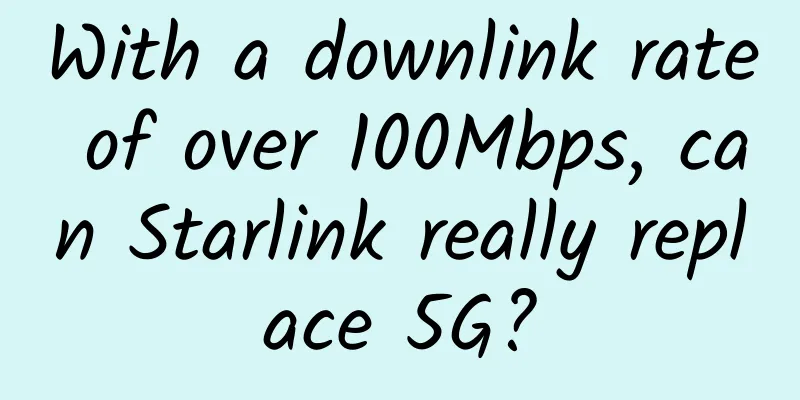
|
According to Mobile World Live, Ookla's latest speed test shows that in the fourth quarter of 2021, the average data downlink rate of SpaceX's low-Earth orbit (LEO) satellite broadband service Starlink in the United States increased from 87.25Mbps in the third quarter to 104.97Mbps, higher than the average downlink rate of 93.73Mbps for US 5G. In 2020, "Iron Man" Elon Musk proposed the "Starlink Project": using the reusable Falcon 9 rocket, 60 satellites per rocket will be sent to the orbital plane at a low cost to realize inter-satellite networking and serve mobile broadband communications in space, oceans, forests, deserts and remote areas. At that time, there was a view in the industry that low-orbit satellite constellations such as Starlink would subvert 5G; there was also a view that the "Starlink Project" was the 2.0 version of Motorola's "Iridium Project" and could not escape the fate of failure. Two years later, the news that Starlink's downlink rate exceeds 100Mbps and is faster than US 5G has once again sparked the debate over whether Starlink will replace 5G. In this regard, Dr. Chen Shanzhi, Deputy General Manager of China Information and Communications Technology Group, Director of the Expert Committee, Director of the State Key Laboratory of Wireless Mobile Communications, and IEEE Fellow, said in an exclusive interview with C114: "Low-orbit satellites will cover remote areas where 5G cannot be built and operated due to technical or economic factors: air, ocean, desert, mountainous area, forest, etc. However, judging from multiple dimensions such as demand, application, and technology, although the 'Starlink Project' has made great progress, it is not perfect. Its relationship with 5G can only be complementary rather than a substitute." In short, at a time when 5G is in its infancy and 6G has attracted widespread attention, the gradual advancement of the "Starlink Project" has attracted a lot of attention, but StarLink is destined to be only a beneficial supplement and the best supporting role of 5G/6G. StarLink vs 5G: The speed is relatively impressive, but it does not have an absolute advantageIt is understood that there are more than 2,200 Starlink satellites in the sky above the earth, and this number only accounts for 5% of the total number of the entire Starlink plan. Musk plans to launch 42,000 satellites. It is foreseeable that as the number of satellites increases, its transmission rate will further increase. However, data shows that StarLink currently only has more than 250,000 users in 29 countries around the world. If the user scale continues to expand, it will inevitably affect the transmission rate. Similar to terrestrial cellular communications, increasing system capacity means an exponential growth in the number of satellites. If we rely on StarLink to provide high-speed broadband services to Internet users around the world, or even subvert 5G, we need to achieve a communication capacity roughly equivalent to 5G, so we may need millions of low-orbit satellites. Because most of the base stations for ground mobile communications are built in densely populated cities, but only cover about 20% of the land area. If all of this area is densely covered by satellite communications, the end result will be a low-orbit satellite constellation densely populated in the near-Earth orbit above the city, which will cause a lot of space debris, interfere with optical observations, blur the view of the universe and other environmental problems. According to Speedtest Intelligence data, the global average 5G download speed in the third quarter of 2021 was 166.13Mbps, and the average upload speed was 21.08Mbps. Among them, South Korea ranked first with an average download speed of 492.48Mbps, and China ranked eighth with an average download speed of 299.04Mbps. It can be seen that 104.97Mbps only surpassed the 5G downlink speed of the United States, and it is still a long way from the global average 5G download speed, and it is even farther away from China and South Korea. In addition, Ookla's network speed test also shows that although StarLink's downlink rate increased in the fourth quarter, the uplink rate dropped from 13.54Mbps in the third quarter to 12.02Mbps, which is less than 60% of the global 5G average upload speed. Based on demand and application: satellite and terrestrial communications complement each other and bring out the best in each otherIt is understood that both satellite and terrestrial mobile communications are resource-constrained systems, and frequency resources are as scarce as commercial land in cities. StarLink uses Ku, Ka, and V-band satellite signals, which require a dedicated receiving terminal with an antenna size about the size of a pad; the tariff is expected to be US$50-60 per month, and it will serve more than 40 million users in 2025. In comparison, there are more than 8 billion mobile phone users in the world, more than 5 billion 4G broadband users, and it is expected that 5G users will reach 1.77 billion in 2020. It can be seen that its service target is not the mainstream 5G market. Moreover, in the 5G era, the service scope of mobile communications has expanded from traditional interpersonal calls to broadband Internet and industry applications of the Internet of Everything, becoming a new engine for the digital economy. At the same time, StarLink has also made great progress compared to the "Iridium Project". So, from the perspective of demand and application, what are the advantages and disadvantages of StarLink compared to 5G? Take the three major 5G application scenarios defined by 3GPP, namely eMBB, mMTC and uRLLC, as examples: in terms of eMBB enhanced mobile broadband, StarLink first serves residents in sparsely populated areas, airplanes in the sky, ships in the ocean, field explorers and "travelers". For ordinary urban users, due to the size of mobile phone terminals, tariffs, indoor communications and other factors, 5G's large bandwidth still has an absolute advantage; in terms of mMTC Internet of Everything, satellites have certain coverage and cost advantages for special application scenarios such as field operations and environmental monitoring in deserts and forests; but in terms of uRLLC low latency and high reliability, satellite communications are at an absolute disadvantage. The air interface latency of 5G is 1ms, while that of satellites is 40ms. It cannot meet application scenarios such as Internet of Vehicles and real-time Industrial Internet. Moreover, 5G is still evolving. In April 2021, at the 46th PCG (Project Cooperation Group) meeting of 3GPP, the name of 5G evolution was officially determined as 5G-Advanced. At the same time, its network application scenarios have been expanded to include UCBC (uplink ultra-wideband), RTBC (real-time broadband interaction), and HCS (communication perception fusion). The application architecture of 5G networks has evolved from a "triangle" to a "hexagon". However, StarLink's scenarios are relatively limited, and it does not make much sense to only focus on wide-area coverage. In the short term, ground base stations, including 4G and 5G, are still the mainstream and will bear the vast majority of broadband Internet traffic. Looking forward to the next generation of mobile communications, 6G will truly expand coverage to the air, sky, sea, and land, and will also expand to high frequency bands, striving for more spectrum to achieve higher speeds. In the 6G era, medium and low-orbit satellites represented by StarLink will be organically integrated with ground mobile communication systems and complement each other, achieving seamless coverage and access for anyone and anything at any time and place. |
<<: Is it safe to use HTTPS? What is the principle of HTTPS?
>>: Industry leaders discuss 6G vision: intelligent connection of all things, digital twins
Recommend
DediPath New Year Promotion: $15/year KVM-1GB/10GB/1Gbps unlimited traffic/Los Angeles data center
As the Chinese New Year is approaching, DediPath ...
Understanding the working principle of keepalive in one article
Keepalive is a high-availability component that i...
GSMA: China is expected to have 460 million 5G connections by the end of 2025
Recently, GSMA released its latest report "C...
Where is the domestic Wi-Fi 6 chip heading?
What was the past life like, what is the present ...
Mobile phone roaming has finally become history, what about IoT roaming?
As early as this year's "Two Sessions&qu...
Two threads, two mutexes, how can a dead loop be formed?
[[351971]] Fans’ questions must be arranged. How ...
The hidden threat of smart home privacy leakage comes from the router
In our daily life, we can use smartphones to cont...
What other issues do we need to address to grow our business?
Consumers in today's world are more "fic...
80VPS: Hong Kong/Japan server discount 180 yuan only 420 yuan/first month, E5/16G/1TB/20M bandwidth (including CN2)
On the occasion of the Mid-Autumn Festival and Na...
European countries are intensively carrying out 5G spectrum auctions: Why the cost differences are so different
Compared to Italy, Austria's 5G sales look li...
Essential for operation and maintenance: 20 common service ports and their corresponding service information
In the operation and maintenance process, it is c...
Authoritative release: Ten major events in China's industrial Internet in 2020
In order to comprehensively display the developme...
How to configure basic IPv6 addresses? Learn in one minute
1. Understanding IPv6 IPv6 increases the address ...
Forecast of China's Internet Market Development Trends in 2021
As the COVID-19 pandemic is gradually brought und...
Industry Events in October 2019
October 2019 is coming to an end. What major even...
